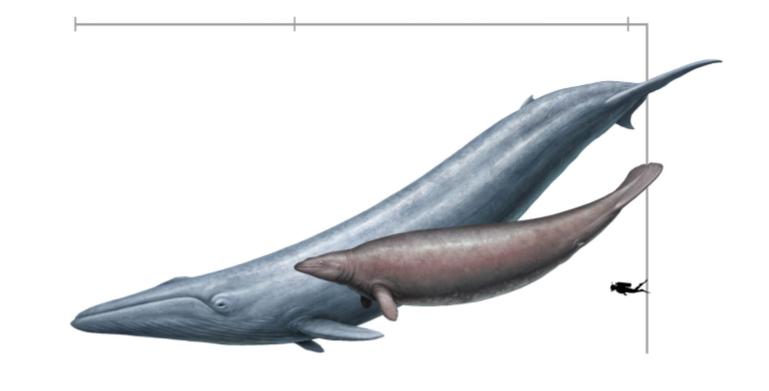Downsizing a heavyweight: factors and methods that revise weight estimates of the giant fossil whale Perucetus colossus
In the Press
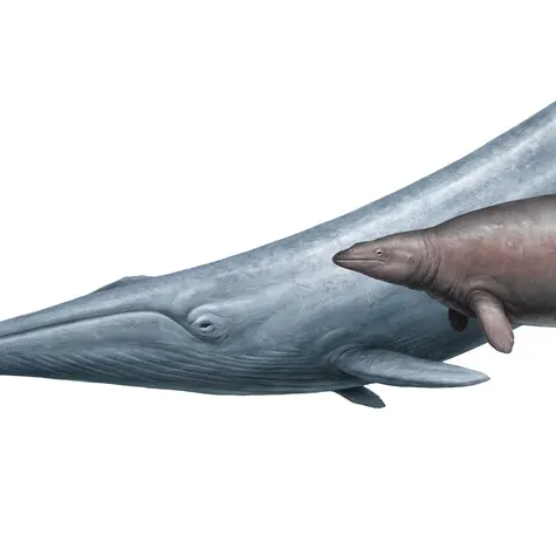
Researchers Dispute Claim That Ancient Whale Was Heaviest Animal Ever

Colossus the enormous 'oddball' whale is not the biggest animal to ever live, scientists say
.
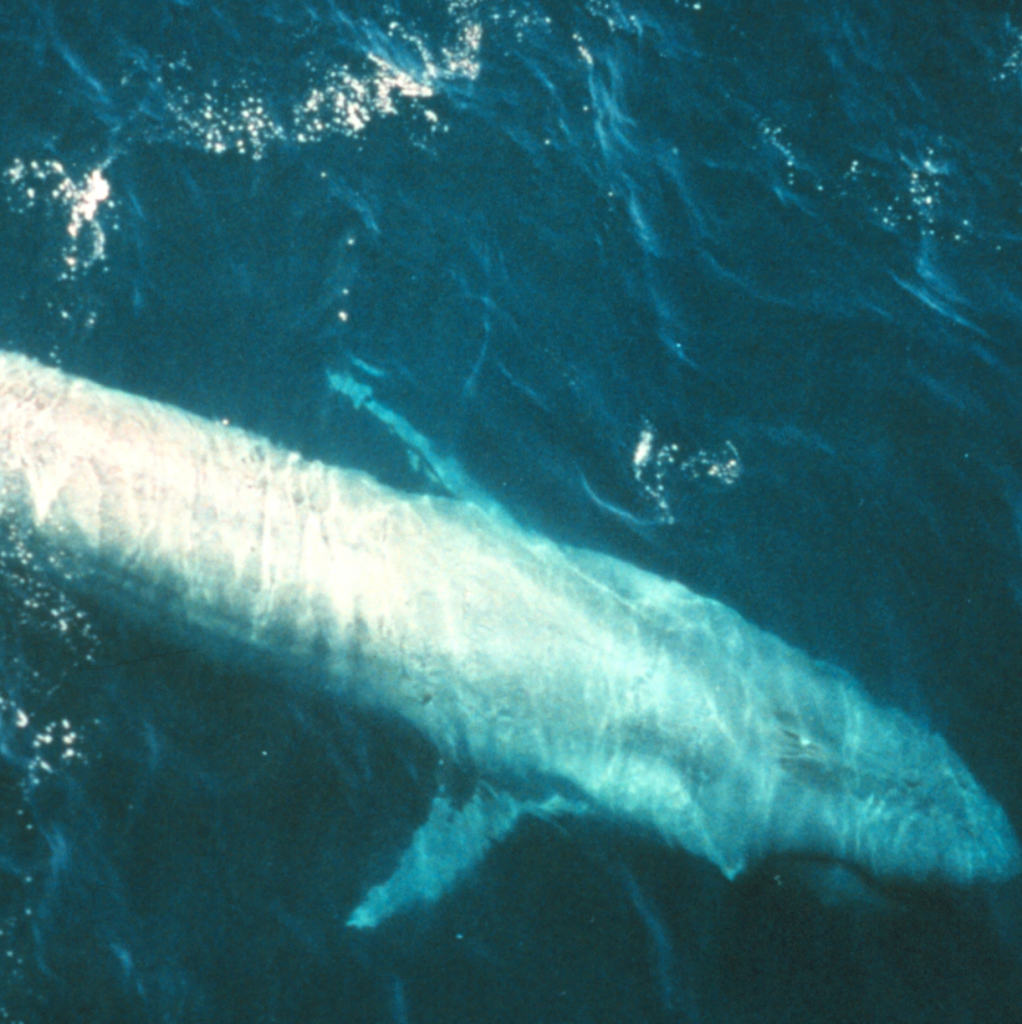
Slimming Down a Colossal Fossil Whale
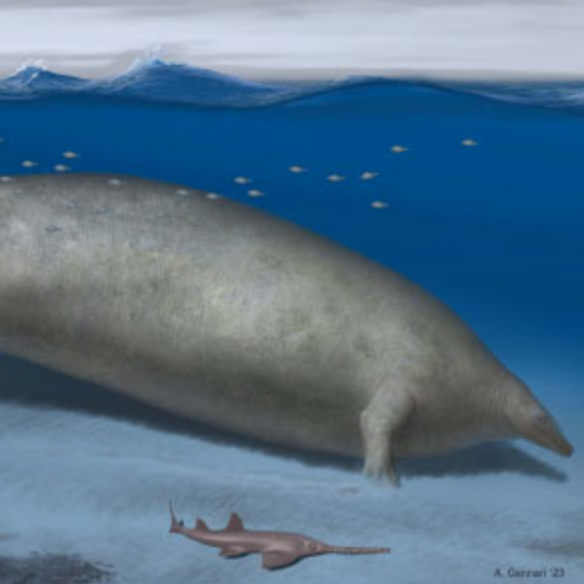
Giant Fossil Whale Perucetus Did Not Exceed Body Mass of Today’s Blue Whales: Study
For All Readers - AI Explainer
Unraveling the Weight Mystery of Perucetus colossus
What is Perucetus colossus, and why is it significant in the realm of paleontology?
Perucetus colossus is a colossal basilosaurid whale discovered in the Eocene era of Peru. Its significance lies in challenging assumptions about the upper limits of organismal size, particularly among vertebrates like whales, dinosaurs, and marine reptiles.
How did the weight estimates of Perucetus colossus compare to those of blue whales?
Initially, weight estimates for Perucetus surpassed those of blue whales, the largest extant mammals. However, recent research suggests that these estimates may have been overstated.
What factors and methods were examined to revise the weight estimates of Perucetus colossus?
Researchers analyzed various factors and methodologies, including data from large modern cetaceans, the assumption of isometry between skeletal and body masses, the role of pachyostosis in reconstructions, and comparisons with living whales’ physiological and ecological limits.
What were the revised weight estimates for Perucetus colossus?
Depending on assumptions and methodologies, estimates ranged from 41.3 to 114 tons. However, researchers deemed estimates exceeding 100 tons as unrealistic, suggesting a likelier range of 60 to 70 tons, still considerably larger than its close relative, Basilosaurus.
What implications do these revised estimates have for our understanding of Perucetus colossus and its ecological role?
The revised estimates provide a clearer picture of Perucetus colossus’s size and suggest it more closely resembles the weight of sperm whales than blue whales. Further fossil discoveries, especially cranial and dental material, will help refine these estimates and shed light on its ecological significance in Eocene oceans.
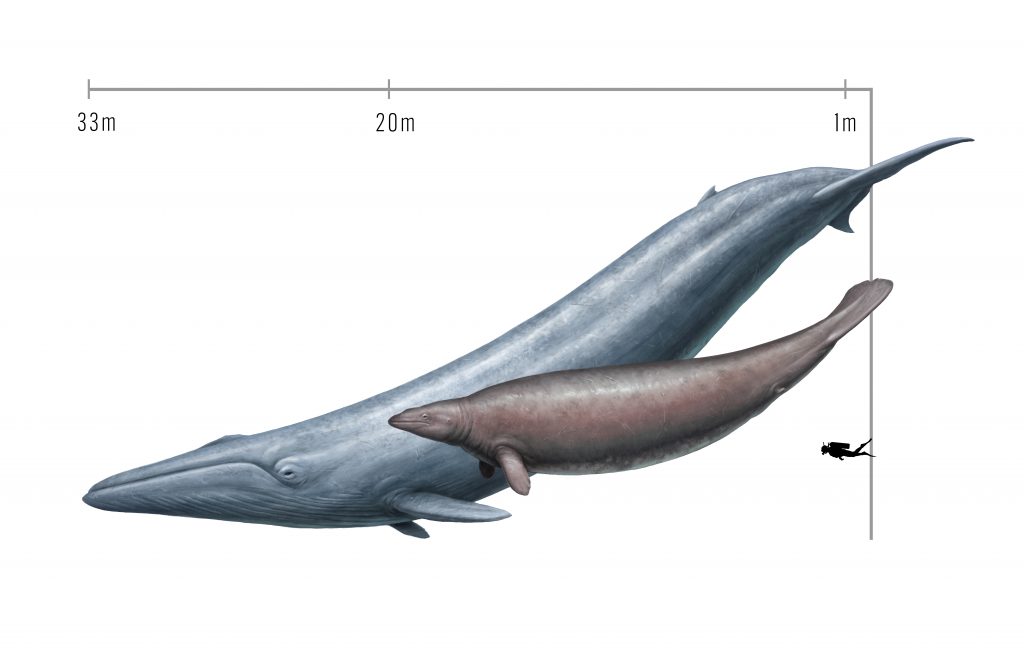
What are Article Spotlights?
Spotlighted articles are press released, and feature author interviews, AI explainers and more.
If you have published in Peer J and would like to be featured in an Article Spotlight please contact PeerJ.

